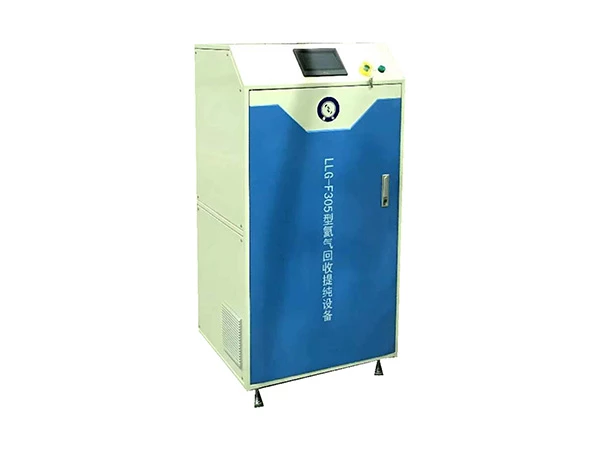Leak detection is a vital process in various industries, playing a crucial role in maintaining the integrity and safety of products and systems. Traditionally, helium mass spectrometer testing has been the preferred method for detecting leaks in sealed components. However, due to the growing scarcity and increasing costs of helium, as well as environmental concerns, industries are actively seeking alternative methods for leak detection. In this article, we will explore alternative leak detection methods and their potential advantages.

The Challenge with Helium Mass Spectrometer Testing:
Helium mass spectrometer testing, while highly sensitive and accurate, poses several challenges. The primary concern is the diminishing availability of helium, a non-renewable resource. As a result, the cost of helium has significantly escalated, becoming economically burdensome for many companies. Additionally, helium is known to be an asphyxiant, requiring careful handling and disposal, which raises environmental and safety concerns.

Exploring Alternative Leak Detection Methods:
1. Ultrasonic Leak Detection:
Ultrasonic leak detection is a non-destructive testing method that utilizes high-frequency sound waves to identify leaks. This technique is particularly effective for detecting leaks in pressurized systems and can pinpoint the exact location of a leak by analyzing the emitted sound waves. Ultrasonic leak detectors are portable, easy to use, and can quickly identify leaks in a wide range of industrial applications.
2. Tracer Gas Leak Testing:
Tracer gas leak testing involves using a gas other than helium, such as hydrogen or a mixture of gases, as a tracer to detect leaks. Similar to helium mass spectrometer testing, this method relies on the principle of detecting the tracer gas escaping from the component being tested. Tracer gas leak testing offers comparable sensitivity to helium testing while providing a more cost-effective and readily available alternative.
3. Pressure Change Measurement:
Pressure change measurement is a simple yet effective method for leak detection. By pressurizing a component or system and monitoring pressure changes over time, it is possible to identify leaks based on variations in pressure. This method is suitable for detecting leaks in large enclosures, pipelines, and other systems where a change in pressure indicates the presence of a leak.

4. Bubble Testing:
Bubble testing, also known as bubble emission testing, involves applying a liquid solution or soapy water to the outer surface of a component under test. When gas escapes from a leak, it forms bubbles in the liquid, allowing visual detection of the leak location. While this method is less quantitative compared to mass spectrometer testing, it is a cost-effective and straightforward approach for identifying leaks in various industrial settings.
As industries face the challenge of helium scarcity and rising costs, the search for alternative leak detection methods has intensified. Ultrasonic leak detection, tracer gas leak testing, pressure change measurement, and bubble testing offer viable alternatives to helium mass spectrometer testing, each with its own set of advantages and limitations. These alternative methods provide industries with options to maintain rigorous quality control and safety standards while reducing reliance on helium and addressing environmental concerns.
In conclusion, the evolution of leak detection methods underscores the importance of adaptability and innovation in ensuring the integrity of industrial systems and products. By embracing alternative techniques, industries can mitigate the impact of helium scarcity and contribute to sustainable practices while upholding stringent quality assurance measures.







